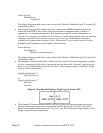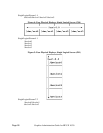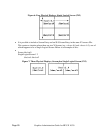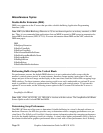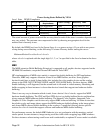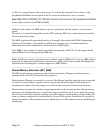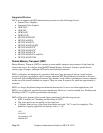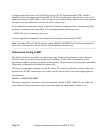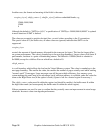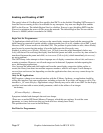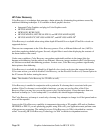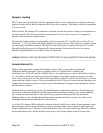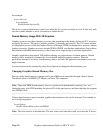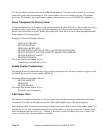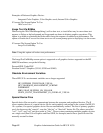A display name of the form unix:0.0 will force the use of Unix Domain Sockets (UDS), which is
identical to the local transport used before HP-UX 10.20. A display name of the form nn.nn.nn.nn:0.0
(where nn.nn.nn.nn is an IP address) will force the use of Internet Sockets, which is the remote transport
normally used, and which can be used locally. (This will be slow.)
It is possible that an application which violates the X interface standard will run correctly using UDS,
but hang or coredump when using SMT. Users encountering this problem can use:
DISPLAY=unix:0 <command_and_args>
to run the application compatibly, but without the performance improvement of SMT.
____________________________________________________________________________________
Note: If neither SMT nor UDS are desired, setting XFORCE_INTERNET=True before starting the X
server forces all protocol to interact directly with the hardware internet card.
____________________________________________________________________________________
Performance Tuning of SMT
The default values of some buffer sizes have been tuned for optimal performance in most situations.
However, these are not necessarily optimal in all conditions. Under some circumstances system
performance might be optimized (possibly at the expense of X performance) by tuning these parameters.
Under most circumstances this should be unnecessary.
The Server accepts these parameters via the X*screens file, in the ServerOptions section. In this case,
the default for all SMT connections is set. Such a specification in the X*screens file might appear as:
ServerOptions
SMTSizes 100000,90000,90000
The client accepts these parameters via the environment variable X_SMT_SIZES. For the client, the
value affects all client connections to the server made while this environment variable is set.
Graphics Administration Guide for HP-UX 10.20
Page 35



